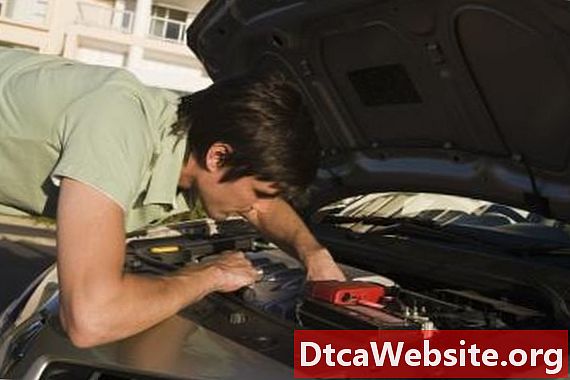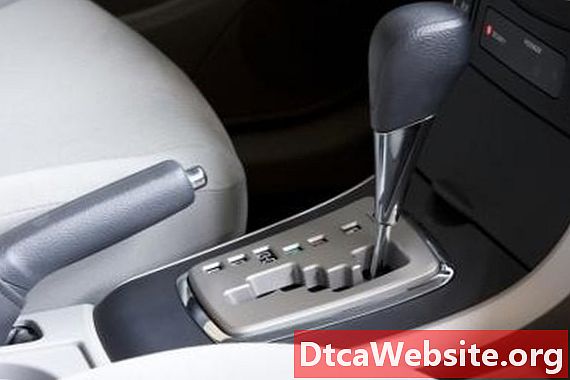
Contenu

Removing oil from a car engine is important because it allows for a clearer visual inspection of the engine to identify leaks, broken gaskets, cracked belts and hoses. Car engines are compressed into a very small engine compartment ,and a clean engine assists in maintaining the temperature at an acceptable level. It is necessary to begin with a clean engine to treat expensive hoses, plastic housings and wiring with protective dressings that will extend their life and performance.
Step 1
Find a work area where oil and cleaners will not cause damage and can be cleaned up with a minimum of difficulty.
Step 2
Use a compressed air blower, shop vacuum or brush to remove leaves and other debris from the vents and grill leading into the engine compartment and from the interior of the engine compartment itself.
Step 3
Start the car and allow the engine to run until it is warm to the touch and then turn off.
Step 4
Cover the opening leading to the air filter, the distributor and the fuse box with plastic bags secured by a rubber band.
Step 5
Spray the engine generously with a citrus-based engine cleaner, which is available at local auto supply stores or online (see Resources). Acid-based cleaners can remove wax or paint.
Step 6
Allow the cleaner to soak on the engine for 15 minutes or according to the package directions. Use one or more stiff brushes of the appropriate size to scrub the engine vigorously, getting into all of the nooks and crannies.
Step 7
Rinse the cleaner off the engine, taking care to thoroughly spray all the hidden spaces with a garden hose set at medium pressure.
Step 8
Inspect the engine for any stubborn stains, re-apply cleaner and repeat the process on a smaller scale.
Step 9
Remove the plastic bags from the air filter intake, coil and distributor. Use a paper towel to blot water that may have collected in the spark plug openings. Start the vehicle and allow it to run until the engine is dry.
Allow the engine to cool and then treat rubber hoses, wires and plastic shields with a protective treatment. Spray the tops and sides of hoses with the treatment and then use a cloth to treat the underside of the hose. Remove excess treatment with a cloth so it won’t attract dirt and grime.
Tips
- Use old paint brushes, toothbrushes and even dish-scrub brushes to clean the engine.
- Inspect belts, hoses and plastic housings after the engine is clean to determine if they need replacement.
Warnings
- Do not spray water on a hot engine because it can cause engine damage or personal injury.
- Follow directions listed in the instructional steps to protect engine parts from getting wet.
Items you will need
- Compressed air blower, shop vacuum or brush
- Plastic bags
- Rubber bands
- Engine cleanser
- Water hose supply
- Paper towels
- Hose, wiring and plastic housing protective treatment product
- Cloth towel


